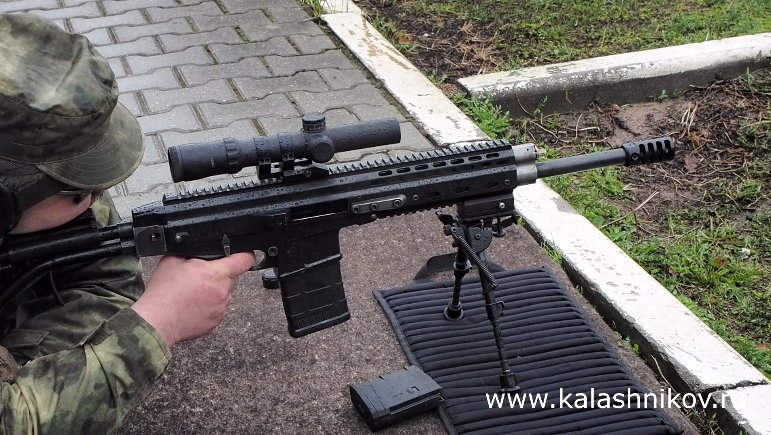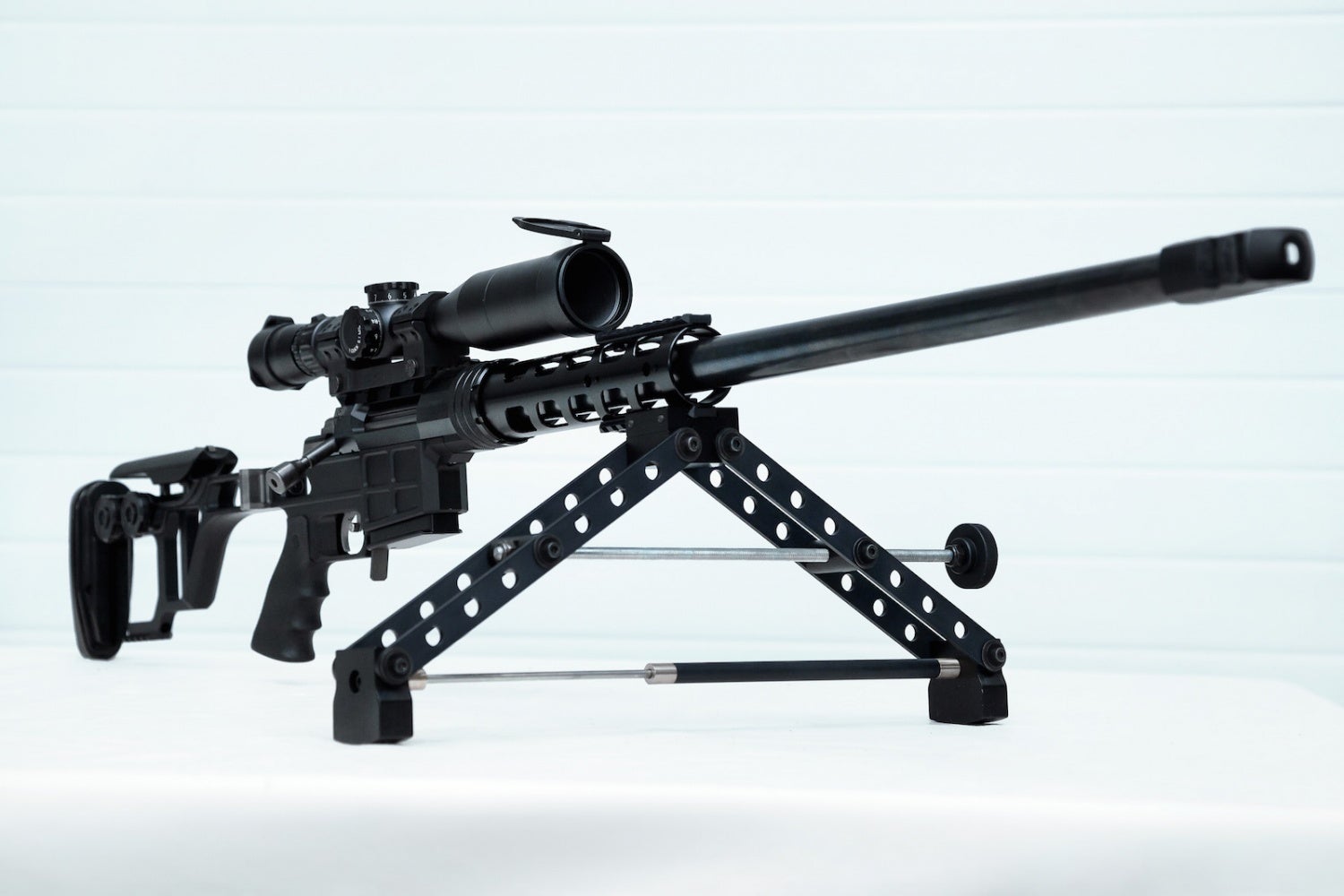True but my point was if without any sinigficatn changes you can use 7,62x39mm but trade of weight of round for better energy and range? not 8g but say 6g and ~800m/s?
Look at the 5.6x39mm round as a case in point... it has a 45 grain bullet moving at between 1 and 1.2km/s... which is compared with the 7.62x39mm with a 122 grain bullet at about 730m/s.
You can make the 7.62x39mm bullet lighter but if you keep the same diameter then you end up with a short stubby bullet with very poor aerodynamic shape.
It might heave the barrel at 800m/s, but it will rapidly slow down in the air so by the time it gets to 300m it is moving much slower than even the standard round would.
The 5.6x39mm was developed in the 1950s as a short range round and its short stubby small calibre projectile is a very poor aerodynamic shape for very high speed, so although its muzzle velocity is higher than a 223 remington round at about 200m it is much slower and also still much lighter and so has less energy.
The ideal shape is long and narrow... the width is what is pushing through the air so a narrow bullet needs to push less air aside as it moves forward, while the length means weight and momentum, so a long bullet has more mass to push through the air.
If you think of a balloon blown up with normal air it is very light but it is also very big, so trying to throw it is difficult... you can't accelerate it up to high speed and when you let go it rapidly slows down because of its high drag.
It is how a parachute works... adding a parachute to a skydiver adds weight but when deployed properly greatly increases the surface area so they slow down to a safe falling speed.
If you took the 5.6x39mm round and increased the bullet weight to say 65 or 70 grain but also made the projectile longer and more pointed at the front, then the muzzle velocity would go down but the aerodynamic performance would dramatically improve so you would get a much more effective round because it would maintain higher speed for longer and it is all about speed.
Trajectory is due to gravity and gravity is fixed... 9.8m/s/s.
A 120 grain bullet moving at 730m/s at the muzzle but 300m/s at 300m is going to have a more curved trajectory than a 12 grain flechette fired from a 5.6x39mm case at 1,800m/s that is still moving at 1,600m/s at 800m.
Note during the tests for new rifles in the US the Steyr entry which used flechettes for projectiles had fixed iron sights because there was no need to allow for bullet drop out to 800m...
The only problem was that unless they hit something hard like a belt buckle they punched a pin hole in the target and were not very lethal...
Regarding this new news with new propellant and 2km/s muzzle velocities... this is very interesting...
With these sorts of speeds barrel wear would be an issue, but driving bands for rounds would increase muzzle velocity and eliminate barrel wear...
Also this new promising propellant would explain why we have not seen a 6x49mm round enter service to replace the 7.62x54mmR round...
Will the new propellant be solid or liquid or gas?
Will they need shell cases?
A binary propellant fuel tank designed to enclose the barrel as a coolant and to prepare the fuel to make it burn hotter with another liquid in the buttstock... they might burn separately but explode when mixed but only be mixed in the chamber...
It could come with two tubes to load propellant into the stock and barrel cover, and a bag of projectiles, instead of ammo...
New levels of acceleration could lead to new projectile designs...
All very interesting...


 but I wonder why still 7,62 in NATO not better Lapua Magnum? higher energy/range.
but I wonder why still 7,62 in NATO not better Lapua Magnum? higher energy/range.












